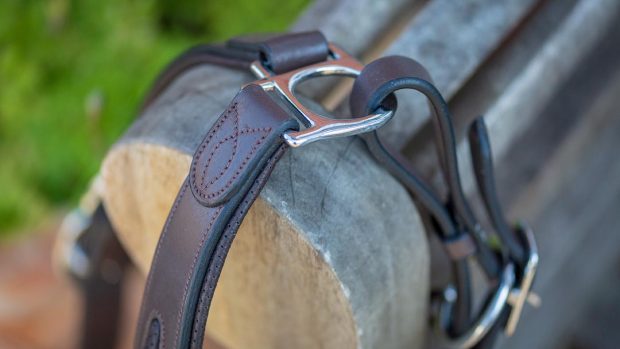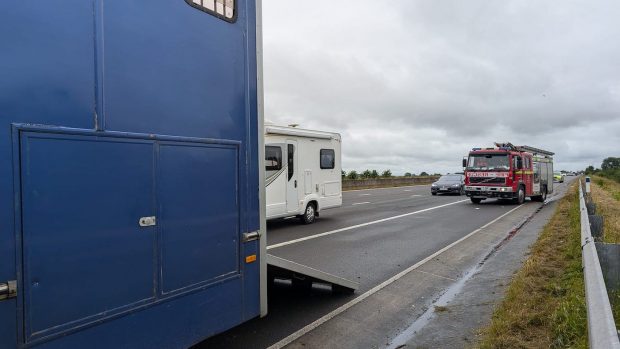Two things are necessary when working out how to unload a horse from a trailer: preparation, and lots of tricks.
There are very few horseboxes in America, so, people are used to unloading from the back, and it doesn’t seem to be quite the trauma that the UK horse trailering public feels it is.
Dave Stuart, chief instructor of Parelli natural horsemanship of the United Kingdom and Australasia, lays out the main issue: “Problems with loading and unloading have the same root cause. The reason the horse doesn’t want to go into the trailer is because he’s not comfortable being in there. For the same reason, he’s likely to come back out quickly, as well.
Stuart continues: “Preparation is more important than anything. The more you can prepare a horse to go into the trailer easily, the more likely he will be to come out calmly as well.
“Preparation is more important than anything. The more you can prepare a horse to go into the trailer easily, the more likely he will be to come out calmly as well. In essence, you need to get the horse to see the trailer as being comfortable.
“If he’s really comfortable about being in there, then he is probably less likely to come barging back out at speed.”
Essential to safe rear unloading is having at least one helper, suggests Jane Fuller BHSAI and amateur show jumper. “Try to use people on either side of the ramp until the horse gets used to it. The horse should be used to following the verbal command ‘back’ – hopefully he’ll have been taught to back straight, and will do the same on the ramp when coming out.
“When you untie the horse, make sure you’re on his side of the bar, so that you can move with him. You’re obviously going to untie first, before opening the ramp. Always make sure helpers are ready before you untie. This is a good time at which to give feed, either more hay or some grain, so that he won’t be in a hurry to get out,” says Clare Leggat BHSAI.
Another useful “trick” comes from eventer Rebecca Harive: “I try to get someone in the back with a lunge whip to tickle the horse with the end of the whip on the pastern, between the fetlock and heel. This encourages the horse to step forward again. You might just need someone to snake the whip on the end of the floor. If you hit the horse, say on his bum, this will be counter-productive as he will take fright.
“But if you touch him below the fetlock he doesn’t know what it is. This is useful when you’re loading your horse and he shoots back out, as well as being effective in slowing your horse down when unloading him from the trailer in reverse.”




